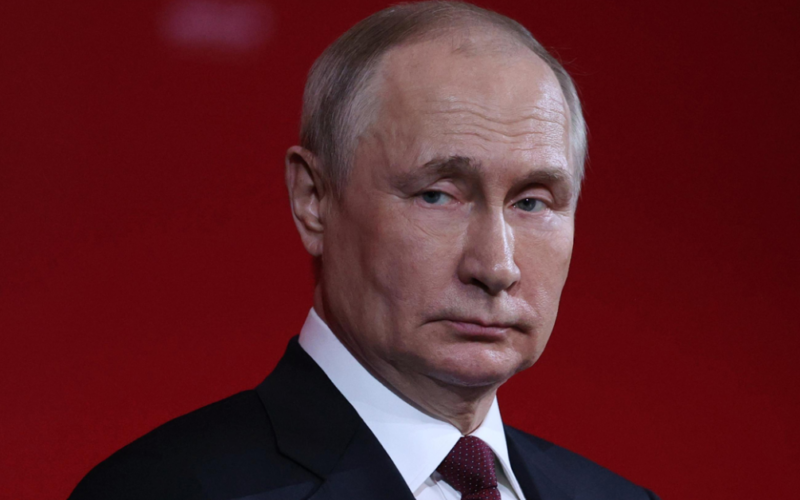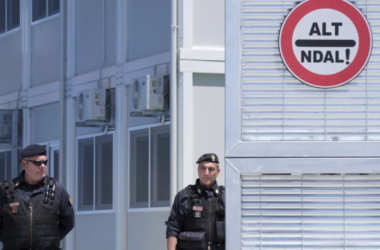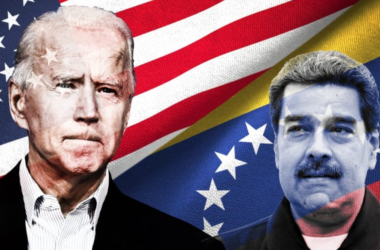Russia has officially withdrawn from a significant post-Cold War security treaty that limited key categories of conventional armed forces, citing concerns over the expansion of the NATO military alliance by the United States. The treaty in question, the 1990 Treaty on Conventional Armed Forces in Europe (CFE), which was signed a year after the fall of the Berlin Wall, imposed verifiable limits on various categories of conventional military equipment that both NATO and the former Warsaw Pact countries could deploy.
The primary purpose of the CFE treaty was to prevent either side of the Cold War from amassing forces for a swift offensive against each other in Europe. However, this treaty was met with resistance in Moscow, as it offset the Soviet Union’s advantage in conventional weaponry.
Russia initially suspended its participation in the CFE treaty in 2007 and ceased active involvement in 2015. Over a year after the full-scale invasion of Ukraine, President Vladimir Putin signed a decree in May denouncing the pact. Now, Russia’s foreign ministry has confirmed that the country formally withdrew from the treaty at midnight, declaring it a matter of “history.”
Russia contends that the United States’ drive to expand NATO has led to alliance countries openly circumventing the treaty’s group restrictions. Additionally, Russia pointed out that the admission of Finland into NATO and Sweden’s application to join the alliance effectively rendered the CFE treaty obsolete. The Russian foreign ministry explained that even preserving the CFE Treaty formally had become unacceptable from the perspective of Russia’s fundamental security interests.
It is worth noting that the United States and its allies did not ratify the updated 1999 CFE, further complicating matters.
In response to Russia’s decision to exit the treaty, NATO expressed its condemnation, arguing that the move undermines Euro-Atlantic security. NATO stated that Russia had failed to comply with its CFE obligations for many years and that its actions, particularly the war in Ukraine and Belarus’ complicity, ran counter to the CFE Treaty’s objectives.
The United States and its allies had previously linked the ratification of the adapted 1999 CFE to Russia fulfilling commitments regarding Georgia and Moldova. Russia, on the other hand, disagreed with this linkage.
In 2011, in response to Russia’s suspension, which the United States claimed was not legal under the treaty, the United States and NATO stopped implementing the treaty in relation to Russia, according to the State Department. This move had a significant impact on the treaty’s verifiability, transparency, and the cooperative approach to security that had been core elements of the NATO-Russia relationship and European security for more than two decades.
The withdrawal from the CFE treaty marks a significant development in the complex and evolving landscape of arms control agreements, with potential implications for European security and international relations.








